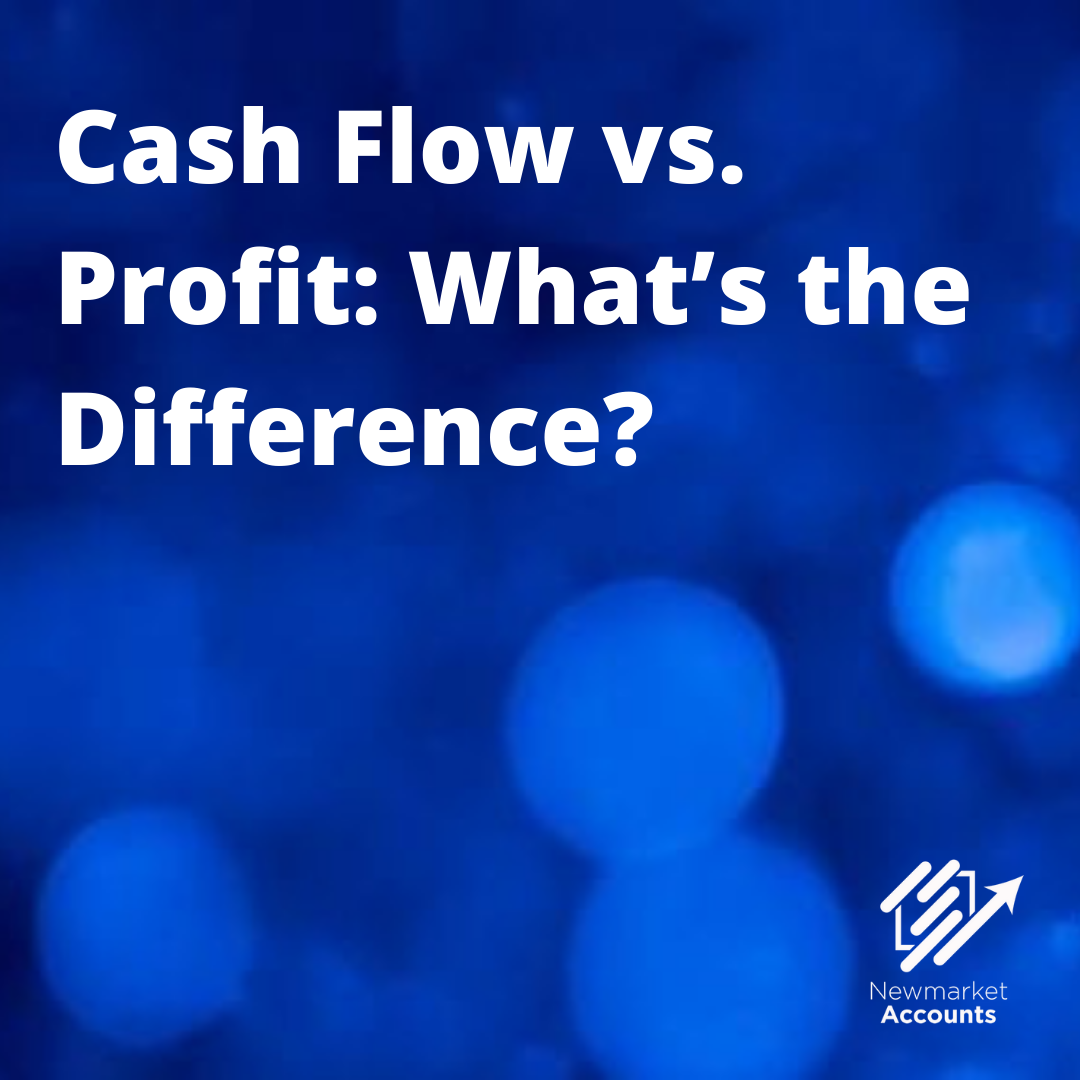
If you’ve been around any financially-inclined people, you’ll likely have heard them throw around terms like cash flow and profit. People within the business community instantly understand these terms. However, to those who don’t know about the business world, these terms can seem similar.
Cash flow and profit both hold importance in the business world. They’re crucial metrics that can give you a deeper insight into a business. Hence, you’ll want to make sure that you understand both of their meanings. In addition, you’ll also want to ensure that you know how to distinguish them from each other.
What is Cash Flow?
Cash flow refers to the flow of cash in and out of business. Let’s assume you’re the owner of a sports apparel retail shop. We’ll further simplify things by assuming it’s your first month of business. For starters, since you’re running a retail shop, you’ll need a storefront. Therefore, you’ll have to pay rent. Since you’re paying rent, cash is leaving your business to pay for an expense. That’s known as a cash outflow. You’ll also want to ensure you’ve got apparel in your store that you can sell. So, you’ll need to buy supplies. You’ll buy sports clothing, equipment, and sports shoes. You’ll have to pay your distributors for these supplies. Hence, you’ve recorded another cash outflow. Now, when customers come to your shop and purchase a few items, that’s where things start to change. The customers are paying you money in exchange for your goods. Therefore, cash is coming into your business, meaning you’ve recorded a cash inflow.
You can calculate if a business is experiencing a positive or negative cash flow by subtracting cash inflow from cash outflow. Typically, businesses need a positive net cash flow to succeed.
Typically, you can categorize cash flow in three ways. They include:
- Operating Cash Flow: Operating cash flow refers to the net cash generated from your venture’s operations.
- Investment Cash Flow: Investment cash flow refers to the net cash you earn from your venture’s investments.
- Financing Cash Flow: Cash flow from financing activities shows the net cash flow from financial transactions used to fund the company.
What is Profit?
People often have misleading definitions about profit. Technically, profit refers to the remainder you get after subtracting revenue from expenses. You can depict profit as a positive or negative number in profit and loss statements. Typically, a negative profit indicates that the company has incurred a loss. Depending on an organization’s size, profit might be used in different ways. For instance, larger corporations will either reinvest the money to enhance business processes, or distribute the sum among shareholders. The latter is known as paying dividends.
You can also break down profit into different categories. These include:
- Gross Profit: Gross profit refers to the profit a company has made after deducting sales revenue from the cost of sales. Gross profit includes variable costs. However, it neglects fixed costs like rent, utilities, etc.
- Operating Profit: You get operating profit after deducting both variable and fixed costs from revenue. However, it doesn’t include tax payments and interest fees.
- Net Profit: Net profit refers to the final figure a company is left with after paying tax payments and interest fees. It also covers both variable and fixed costs.

Acquire the Services of the Best Accountant in Melbourne
If you’re looking to take your business to the next level, consider seeking full accounting services. A business accountant can greatly benefit your firm, helping reduce expenses and increase profits.
If you’re seeking tax accountant for small business Melbourne from an excellent accountant near you, we’ve got your back. Visit Newmarket Accounts for more information. Alternatively, get in touch with us to learn more.

